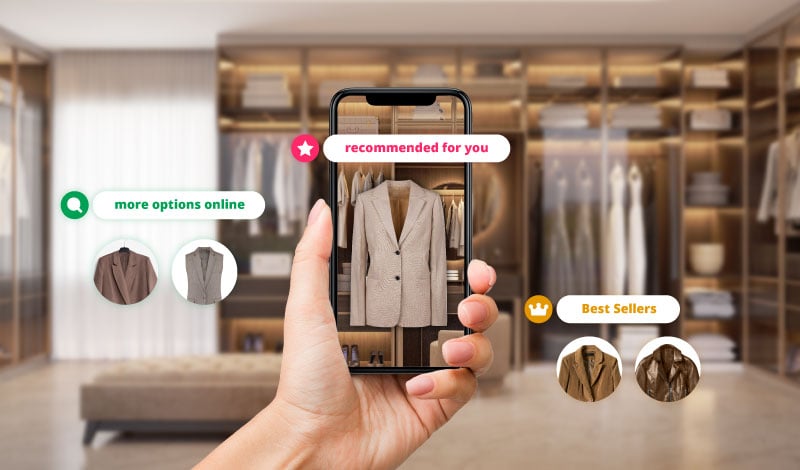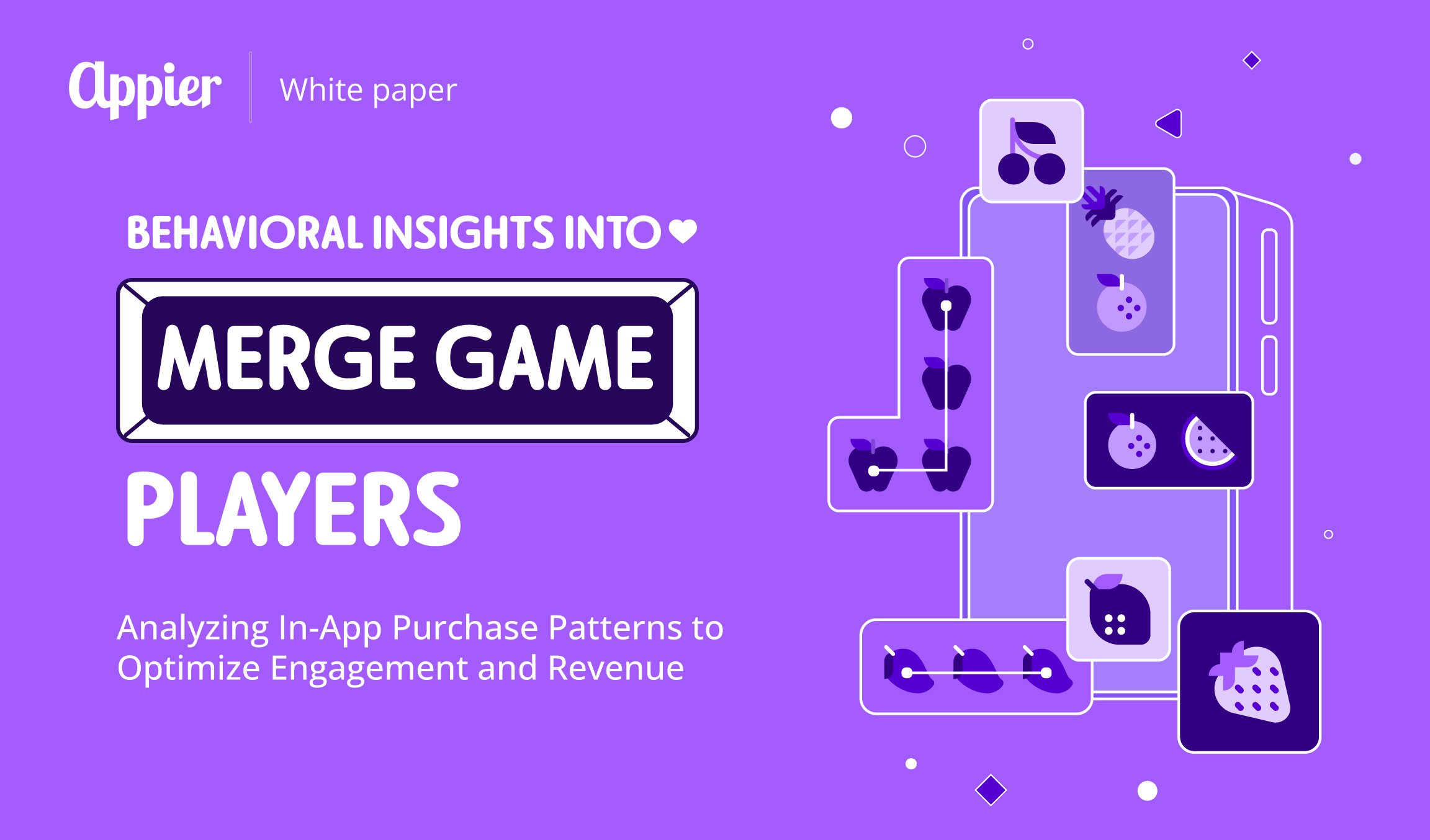4 min read
By Drs. Min Sun and SD Lin
As consumers, we are living in an interesting time. Due to two plus years of the Covid-19 pandemic, online shopping has boomed. However, with quarantine and other Covid restrictions gradually lifting around the world, brick-and-mortar stores are making a serious comeback.
Instead of saying we are at a crossroads where we have to choose between online and in-person shopping, we like to say that we are at a pivotal moment in retail’s development. This is the time when brands can merge the online and offline experiences they offer their shoppers and elevate shopping to the next level.
The challenge that brands will face is in making their physical stores as convenient as their online stores; personalizing the shopping experience with tailored recommendations; and making everything fun because retail is no longer just shopping but retailtainment. In this article, we explore how AI (artificial intelligence) can help make shopping more immersive and intuitive.
AI enables a true OMO retail experience
Digitization is an important first step in transforming the physical store as we know it. This process can include putting up QR codes around the space, setting up smart mirrors and even putting in AR/VR stations. However, often, this approach to digitization makes the physical store more fun without actually merging offline and online channels and the data generated from each.
AI allows companies to take the next step and combine their offline and online stores as if the shopping experience were a seamless one. Appier uses its AI-powered solutions to integrate first-party data that companies have about their customers’ interests, preferences and purchases across all channels so that we can personalize what content you see in real time. Did you select a shirt online to try on in-store? Have you tried it in-store and want to find shirts with a similar fit or design? With AI, shoppers can experience this cutting-edge convenience with no extra equipment except their smartphones.
An even more advanced example of this OMO (online-merge-offline) approach where the boundary between the two worlds is essentially non-existent is trying on clothes virtually. By setting up a virtual avatar in one’s image (i.e., height, body shape and size, etc.), an individual will instantly be able to try on an item of clothing and see how it looks and fits. This experience will be a 3D one, not 2D, and will be enabled by AI algorithms and sensors that can take multiple photos of an item and make a 3D virtual representation.
AI makes better recommendations than any human salesperson
While shopping is enjoyable, it can be stressful when you have no clue where to start. This problem is what recommendation engines on e-commerce sites have sought to address. However, without AI, these engines can only present “most viewed/purchased items” or “those who viewed/purchased this also viewed/purchased items.” This solution falls short of presenting consumers with the most relevant products to them or addressing the issue of choice paralysis. Consumers often have a general idea of what they are looking for in the market (e.g., a black leather jacket), but we may lack the knowledge about or the time to go through everything the store offers, especially when the inventory consists of everything from both your physical and online stores. In other words, we don’t know what we don’t know, and faced with too many choices, we may end up abandoning our carts.
With AI, the recommendation engines generate more and more personalized recommendations that target each individual shopper’s likes and dislikes as they make their way through the site. Instead of displaying products based on their general popularity or showcasing, in the case of the black leather jacket, all the ones you have, stores using AI recommendation engines can prioritize the black leather jackets that will most appeal to a particular shopper based on the interests and behaviors they have displayed.
The same can happen in stores with a smartphone, tablets or smart screens. The hardware aspect is never the challenge, what is the challenge can be solved by AI. Why depend on a store clerk to recommend a bag that is “so you” when AI can more accurately predict that the latest blue clutch will be what you fancy. The more you engage with the store–online or offline–that uses such AI personalization models, the more accurate these recommendations will be. Pretty soon, the AI will know you better than you know yourself.
As OMO models allow a shopper to view more products, this AI-powered recommendation engine will prove extremely crucial in connecting the right products with the right people in the shortest amount of time possible.
AI is the foundation for future retail experiences
Ultimately what makes AI powerful is its ability to learn, predict and generate actionable insights. As Appier continues to move towards its mission of democratizing AI, we believe that AI technology will be the foundation of many future retail experiences. Using AI as an analysis tool, companies can figure out what sorts of promotional activities draw their shoppers in. Using AI as an engagement tool, brands can automate the way they interact with their shoppers and create new models more efficiently.
There is no doubt that technology and retail have become inseparable. AI will play the role of letting companies know what works and does not work in the retail experience they provide to shoppers, and then making what works even bigger and better. Whether it is shopping with AR, VR or even in the metaverse, AI will have a key role in delivering the newest in retail experience.

%20(42).png?width=1200&height=630&name=BLOG_Banner%20(Naomi)%20(42).png)

